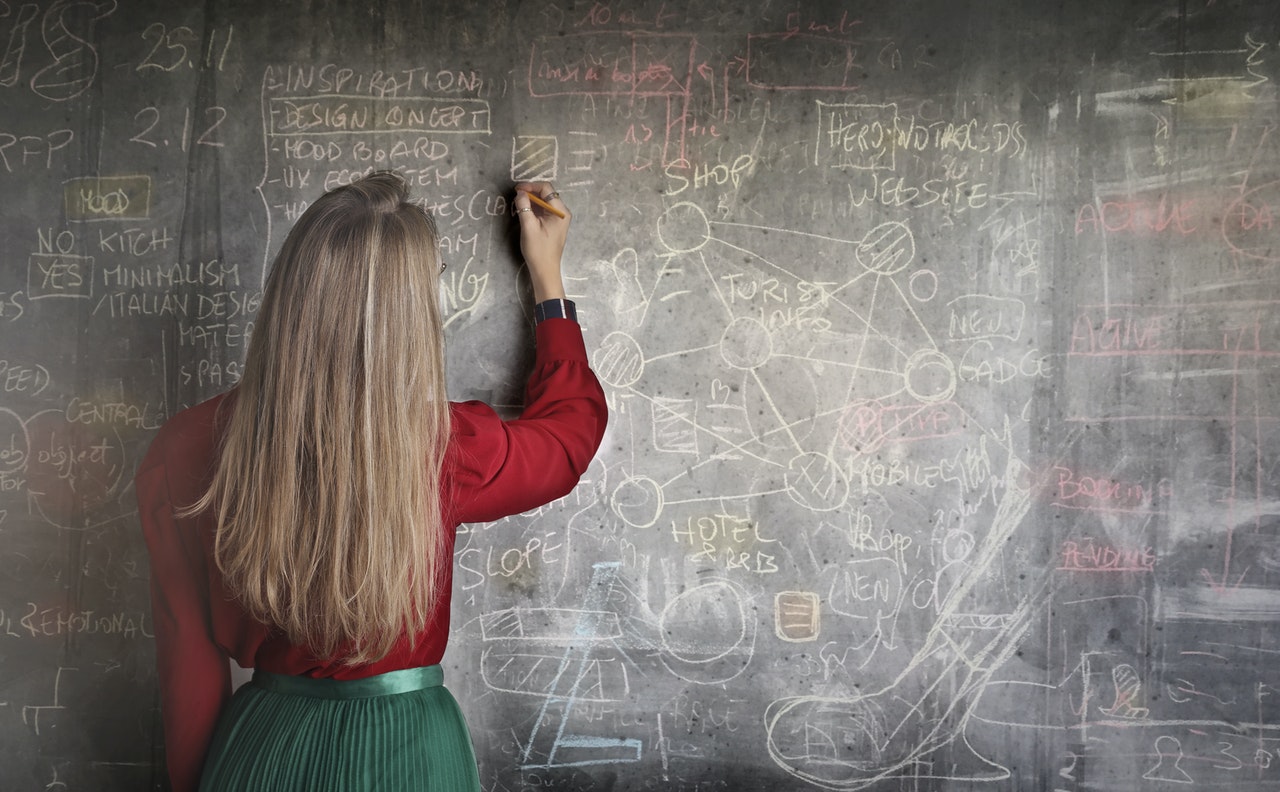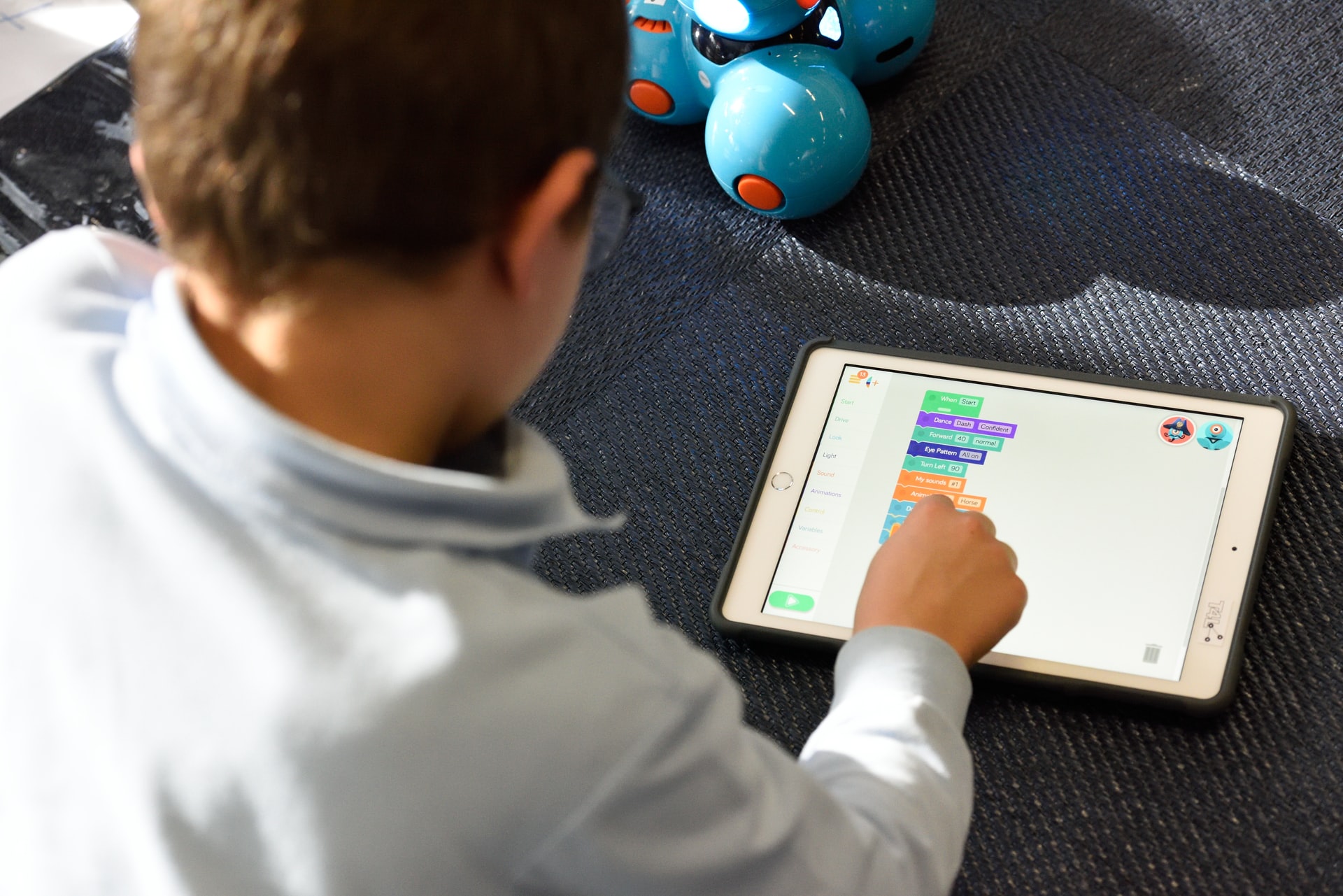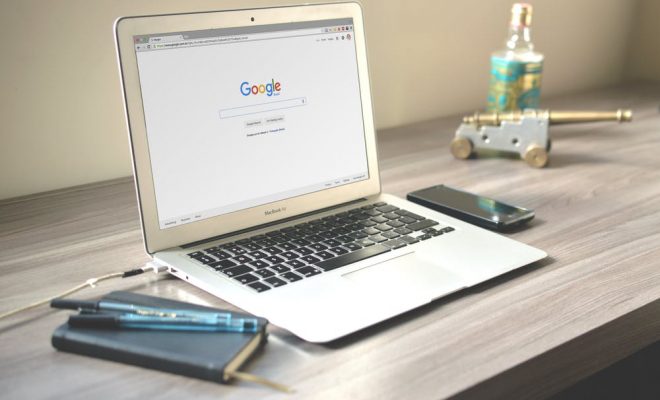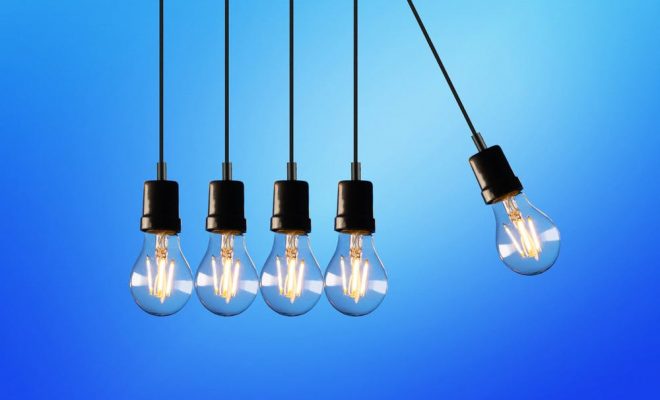Teaching Intelligence: Digital Literacy In the ‘Alternative Facts’ Era

It is getting harder and harder to tell the difference between alternative facts and real facts online. In a world where anyone can get online and write opinions as facts or even distort real facts to make them say what they want, it is hard for adults and children to have the digital intelligence to tell the difference.
Of course, having a higher level of digital literacy is one way that we can combat this phenomenon, but how do you teach digital literacy when there are so many of these alternative facts flowing around? In this article, we will look at that.
Is Digital Literacy Enough?
First, is digital literacy, as we know it, enough? The answer is it may not be. Students or people consuming these sources may have a basic understanding of the digital world but may lack the knowledge of how this information is distributed or even created.
In fact, instead of just teaching digital literacy, we may need to go deeper and try to instill metaliteracy at an earlier age.
Taking It To A New Level
These two educational strictures need to go hand in hand. Digital literacy is how this technology or platforms work. In contrast, meta-literacy focuses on how we think about the content that we ingest. This will allow the person to detect alternative or fake news easier as they will put the information up against their beliefs and feelings.
So teaching intelligence when it comes to the digital world in the future will need to have a little of both metaliteracy and digital literacy so that the individual taking in the information can sort through the noise with better results.
Benefits of Teaching Metaliteracy
Adding in meta-literacy to your digital literacy education will have several benefits. One of these is that it teaches the individual to challenge what they have just read. This will help them consider the context of the information and the source, and the purpose behind why they have created this content.
Meta-literacy and digital literacy will also help with a deeper understanding of how the information is delivered and packaged. This will also help the individual sort through the facts and deduce which are alternative truths and pure facts.
Responsibility in ‘An Alternative Fact’ Era
Another aspect of teaching intelligence in the era of alternative facts is showing the individuals how to be responsible with what they post or share online. By becoming a good digital citizen, they will be able to contribute without any harm to others.
Plus, understanding how to use their digital literacy and metaliteracy properly will allow the individual to know facts from fiction easier.
Concluding Thoughts
So teaching intelligence in regards to digital literacy in an ‘alternative facts’ era may be more challenging, but it is not impossible. It will just take another level of education to understand what is real and what is an alternative fact.





